
A diverse array of investors finds government savings schemes to be appealing due to their numerous benefits. These government-backed programmes often have low to moderate risk profiles, which makes them appropriate for investors who are risk conservative and value capital preservation over a high return.
Long-term investors in government savings schemes plans can benefit from a number of advantages, which makes them attractive to those who prioritise security, stability, and prudent wealth creation.
I’m going to provide you with a list of government savings schemes plans that will enable you to meet your financial goals at a lower risk.
Government Saving Schemes
• PPF for long-term savings.
• NSC for fixed-income investments.
• SSY for the girl child's future.
• TD for flexible time deposits.
• APY for pension planning.
• KVP for farmers' savings.
• SCSS for senior citizens.
• NPS for comprehensive pension options.
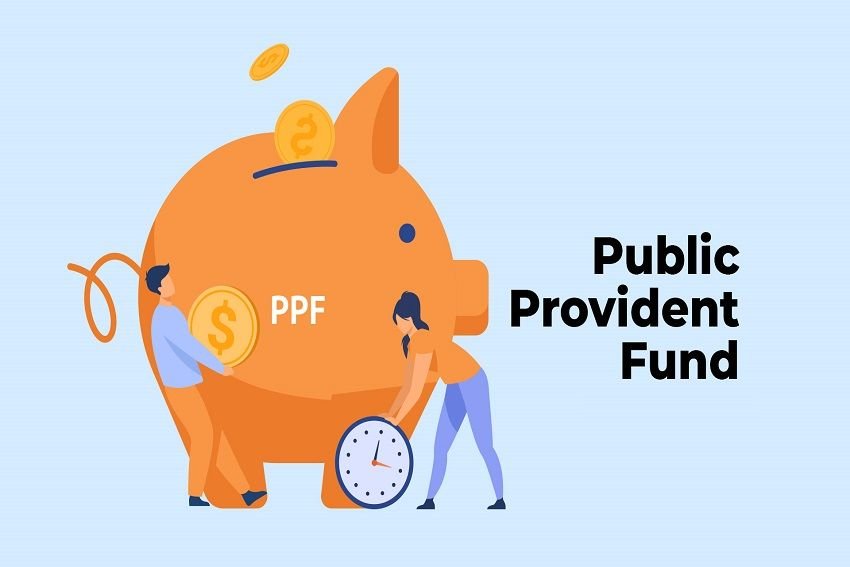
Public Provident Fund (PPF)
A fixed-rate long-term savings plan with tax advantages and a 15-year maturity period. An investor can benefit from investing in PPF in two ways: first, it allows them to accumulate savings for retirement benefits; second, it grants a deduction under Section 80C of the Income-Tax Act.

National Savings Certificates (NSCs):
These are fixed-income investments that are eligible for Section 80C tax benefits and have maturity periods of five or ten years. The National Savings Certificate is a savings bond programme designed to encourage investors, mainly those with modest to moderate incomes, to make investments and take advantage of Section 80C income tax benefits.
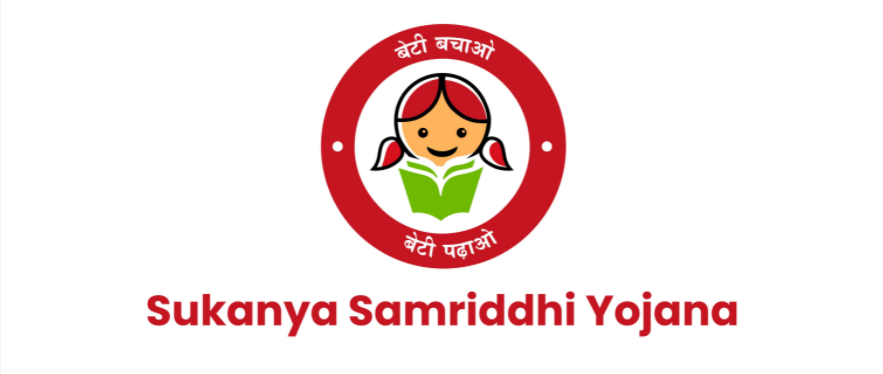
Sukanya Samriddhi Yojana (SSY):
Parents of girls under the age of 10 may apply for this government-sponsored programme. Parents must make contributions for a 15 year period. Individuals are eligible for a tax deduction under Section 80C of up to Rs. 1.5 lakh annually. A maximum of two accounts may be opened by a household, one for each girl child. A 21-year maturity period, tax perks, and a high interest rate characterise this savings plan for the benefit of girls.
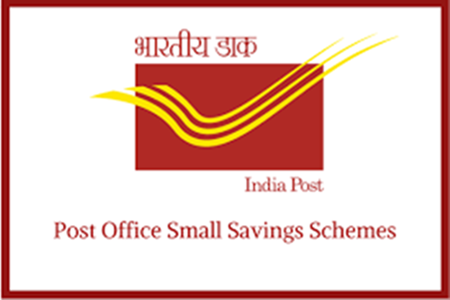
Post Office Time Deposit Accounts (TDs):
Fixed interest rate savings option with varying maturity dates; low risk. There are four tenure options available under the Post Office Time Deposit scheme: one, two, three, and five years. A minimum deposit of Rs. 1,000 and multiples of Rs. 100 are required to open the scheme.

5-Year Bank Fixed Deposits (FDs):
The bank’s reputation provides support, therefore investing in 5-year bank fixed deposits (FDs) is regarded as safe. Contributions to these FDs are deductible from taxes under Section 80C of the Income Tax Act. On the other hand, interest is taxable according to the person’s income bracket. TDS is imposed when interest over a predetermined threshold; however, people whose income falls below the taxable threshold may be exempted by filing Forms 15G or 15H.
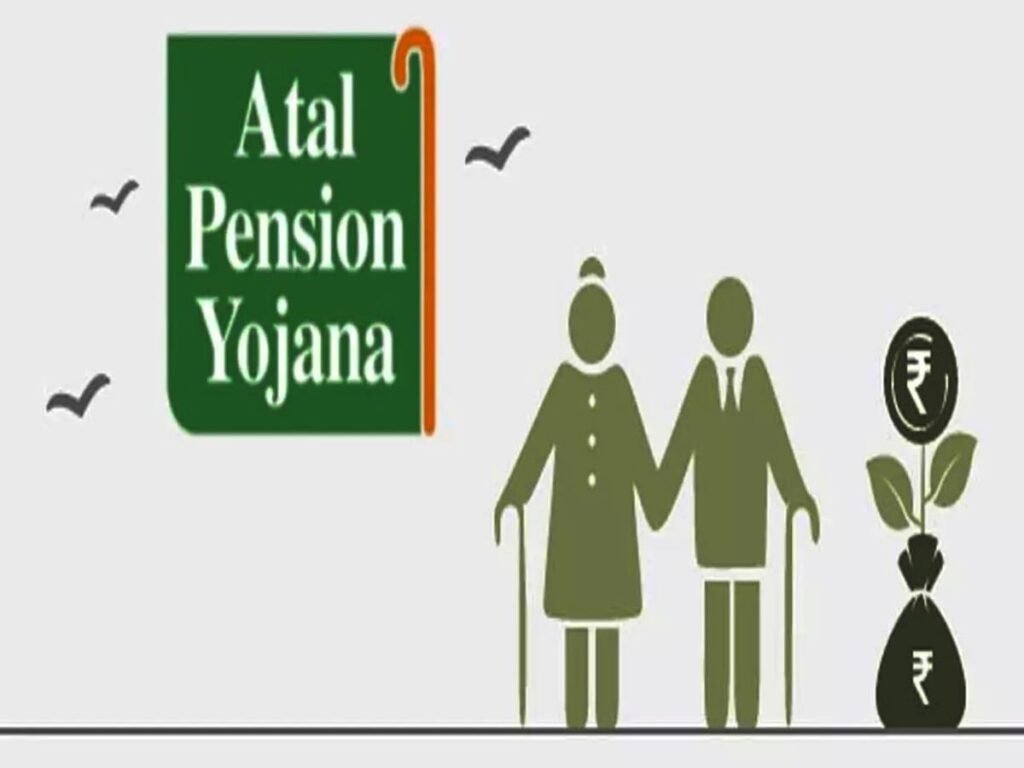
Atal Pension Yojana (APY) :
APY is a defined-benefit pension plan for those working in the unorganised sector. At the age of 60, subscribers to the APY will get a guaranteed minimum pension of either Rs. 1,000, Rs. 2,000, Rs. 3,000, Rs. 4,000, or Rs. 5,000 per month, contingent upon their contributions. The contribution amount ranges from Rs. 42 to Rs. 210 per month. The programme is open to all Indian citizens between the ages of 18 and 40.
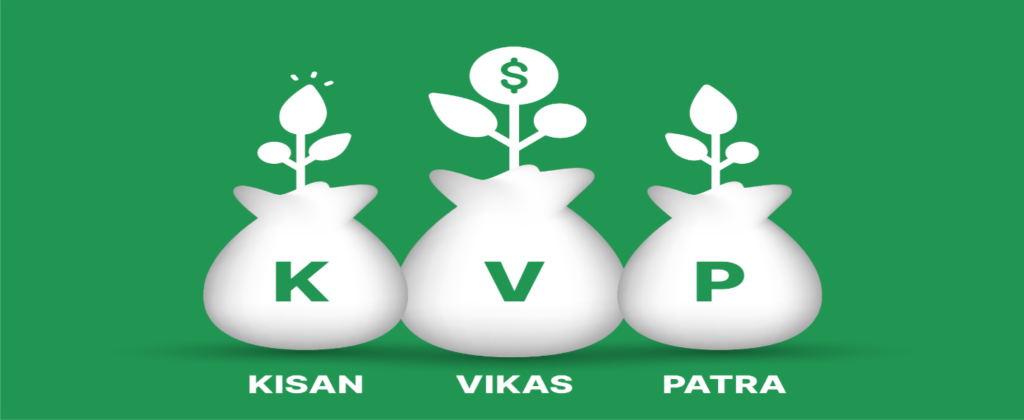
Kisan Vikas Patra (KVP):
An initiative to encourage farmers to save for the long-term using savings certificates. For Kisan Vikas Patra, the corpus is available to you after the 115-month maturity term. It is not deductible under section 80C, and the returns are fully subject to taxation. There is no maximum investment amount; the minimum is Rs. 1,000.

Senior Citizen Savings Plan (SCSS):
The Senior Citizen Savings Scheme (SCSS) caters to elderly individuals with tax advantages, a 5-year maturity, and a higher interest rate. Deposits can be made in multiples of Rs.1,000, ranging from a minimum of Rs.1,000 to a maximum of Rs.30 lakh. Withdrawals are allowed after one year, and closing the account within the initial year is fee-free.

National Pension System (NPS):
In India NPS is an optional retirement savings scheme that is dependent on the performance of the selected investment portfolio. It offers tax benefits under Sections 80C and 80CCD(1B) and is available to all Indian nationals in the public, private, and unorganised sectors. Subscribers can exit and utilize their accumulated corpus at the age of 60.
For those with varying risk tolerances and financial objectives, these government savings programmes offer a variety of possibilities. Before making an investment, it’s critical to comprehend the precise terms and circumstances of each scheme.
Scheme | Interest Rate | Lock-in period | Min Limit (Investment) | Max Limit (Investment) |
Atal Pension Yojana (APY) | Variable | Till Retirement | Rs. 42 | Rs. 1454 |
Kisan Vikas Patra (KVP) | 6.90% | 124 months | Rs. 1,000 | No max limit |
National Pension Scheme (NPS) | 7.10% | 65 years | Rs. 1,000 | No max limit |
National Savings Certificate (NSC) | 6.80% | 5 years | Rs. 100 | No max limit |
Public Provident Fund (PPF) | 7.10% | 15 years | Rs. 500 | Rs 1.5 Lakhs |
Sukanya Samriddhi Yojana (SSY) | 8.00% | Till girl child reaches 21 years of age | Rs 250 | Rs 1.5 Lakhs |
Senior Citizens Savings Scheme (SCSS) | 7.40% | 5 years | Rs. 1,000 | Rs 15 Lakhs |
Government savings plans have many benefits, but before investing, investors should carefully consider their investment horizon, risk tolerance, and financial objectives. It is imperative to comprehend the particular terms and circumstances of any scheme in order to make well-informed selections that are consistent with long-term financial goals.
